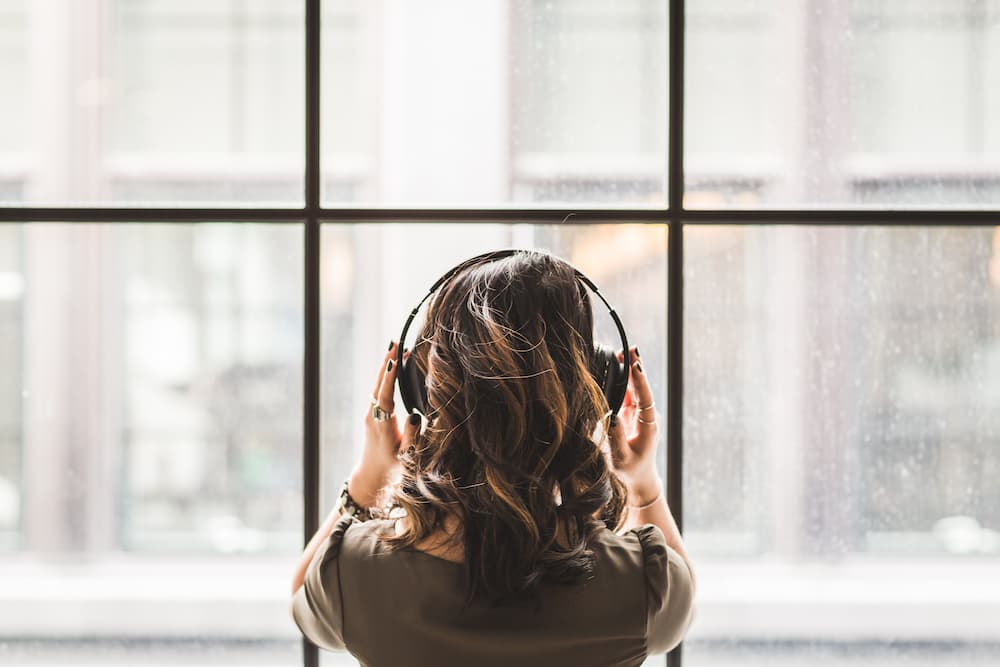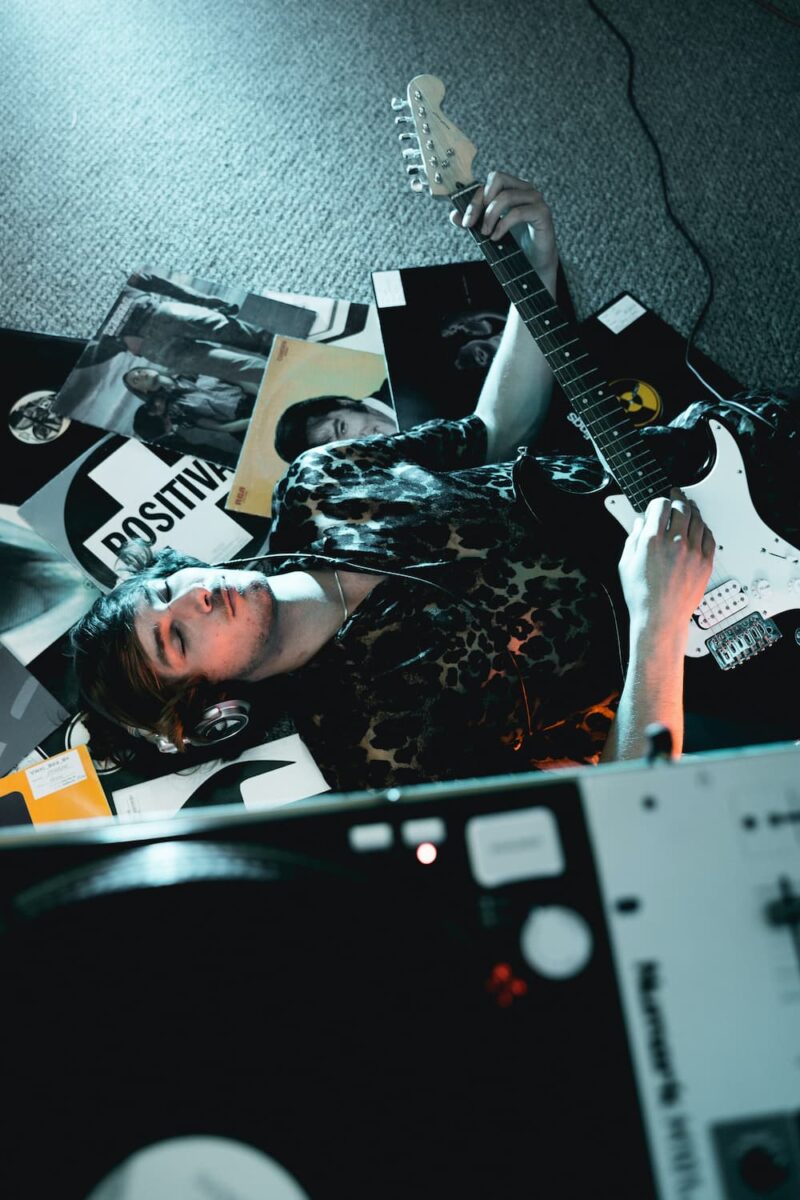Chillout has first been treated as an incomprehensible experiment on music. Nevertheless, it turned into an independent genre with a huge number of branches. You have definitely come across music that creates an atmosphere around you – in a coffee shop, restaurant, shops, and hotel lobbies. Playing in the background, this music does not annoy and does not take your attention. It may not affect you at all. This is the main characteristic of chillout music, which is also called background music.
It helps to relax, creating the right background around. At the same time, it exists at the junction of a huge number of different musical trends – jazz, pop, dance music, soul, funk are combined and mixed in various doses. Due to the variety of subgenres and cultural influences that have emerged with the spread of the chillout, it is a very heterogeneous genre.

Characteristics
In general terms, this genre is characterized by a slow tempo (80-120 bpm), the repetition of compositional elements, the influence of jazz and improvisation in performance. The origins of the chillout lie at the beginning of the 20th century, in the works of the French composer Erik Satie.
The history
In the late XIX – early XX centuries, art acquired a background and structuring function, rather creating an atmosphere than attracting attention. Sati was the first to choose this direction in music. The main element of his compositions was the repetition of elements with a certain low rhythm. For a time when music possessed plot drama, transitions between elements, and imagery, Sati’s approach was unique. He called one of his main works “Furniture Music”, and another name was “Wallpaper in the prefect’s office”. The name reflects the structure of the composition: like wallpaper, Sati’s music was conceived as going in the background and correcting perception, but not distracting all the attention of the listener.
Back then, background music did not have a clear term – it was called easy listening or exotic music, because of the musical inserts referring to other cultures. In the wake of the popularity of music, the orchestras of the French composer Paul Mauriat, the German composer Berthold Kempfert, and the American trumpeter Herbert Alpert were formed. The story of the pianist Horst Jankowski is indicative of that time: he initially played jazz. With the development of light music, he created a jazz orchestra and composed compositions in the easy listening genre but lost public interest as soon as he returned to jazz.
The second wave of interest towards the chillout emerged in the late 1980s and early 1990s. In British clubs, overrun by raves, the first chillout rooms appeared, where people could cool off after dancing to the acid house. Collections of light music written in the 60s became popular. During this period, the traditional chillout was intertwined with electronic music. It was a two-way process – DJs appreciated the sound of the chillout, and more and more jazz performers came to electronics. This is how several genres of electronic music were formed at once: ambient, downtempo, chillout, chillhouse.
The chillout spread to various cities and parties, where it took on new forms: the basics of sound were preserved, but local instruments and even cultural codes were added. This is how the Balearic House, or Balearic music genre, appeared in Ibiza, the European capital of parties. Its difference from the traditional chillout is the use of funk, soul, Latin and African music in different proportions. The style was formed in Ibiza in the late 1980s, from where the British DJ Paul Oakenfold brought it to the UK, and in 1994 Jose Padilla recorded the collection Café del Mar (“Cafe by the Sea”) – one of the iconic chillout compilations.

Top chillout albums
All in all, the chillout music primarily remains background music that helps people relax and creates a comfortable environment around them. The genre also had harsh times, losing popularity and becoming unfashionable, and becoming popular again. In the modern world, where the speed and complexity of life are growing every year, such music can only develop and attract new, comfort-seeking listeners.
If you are interested in this genre, you can choose any album from the list of chillout albums we have prepared to make the search process easier for you.
- Mary Juane Clair – This Love That I’ve found;
- Gentle People “Soundtracks for Living”;
- Air “Moon Safari”;
- Dimitry from Paris “Sacrebleu”;
- Kid Loco “Grand Love Story”;
- Yoshinori Sunahara “PanAm”;
- Nikola Conte “Jet Sounds”;
- Tim’Love’Lee “Just Call Me ‘Lone’Lee”;
- Fantastic plastic Machine “Luxury”;
- Pizzicato 5 “Happy End of the World”.
So, now you know what chillout music is and what albums are worth listening to. Enjoy!
